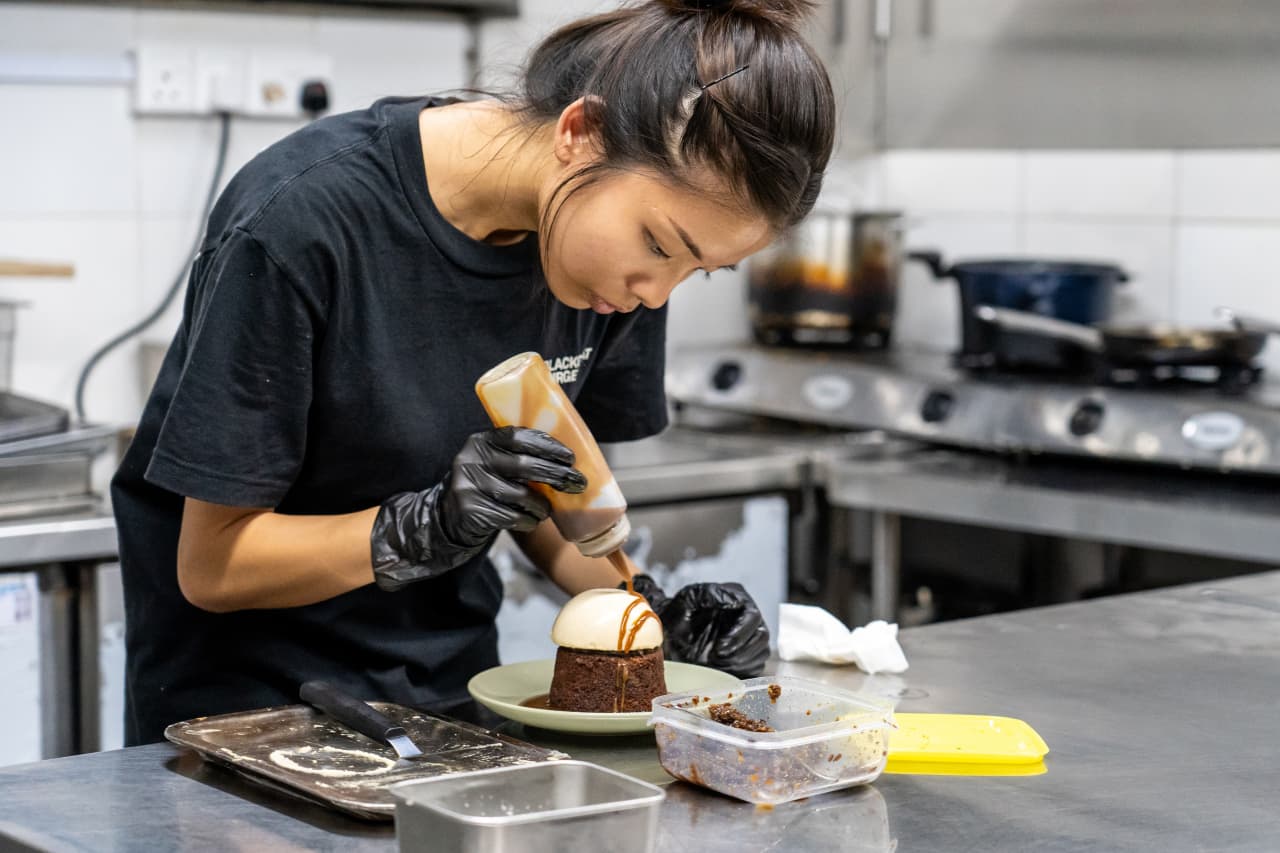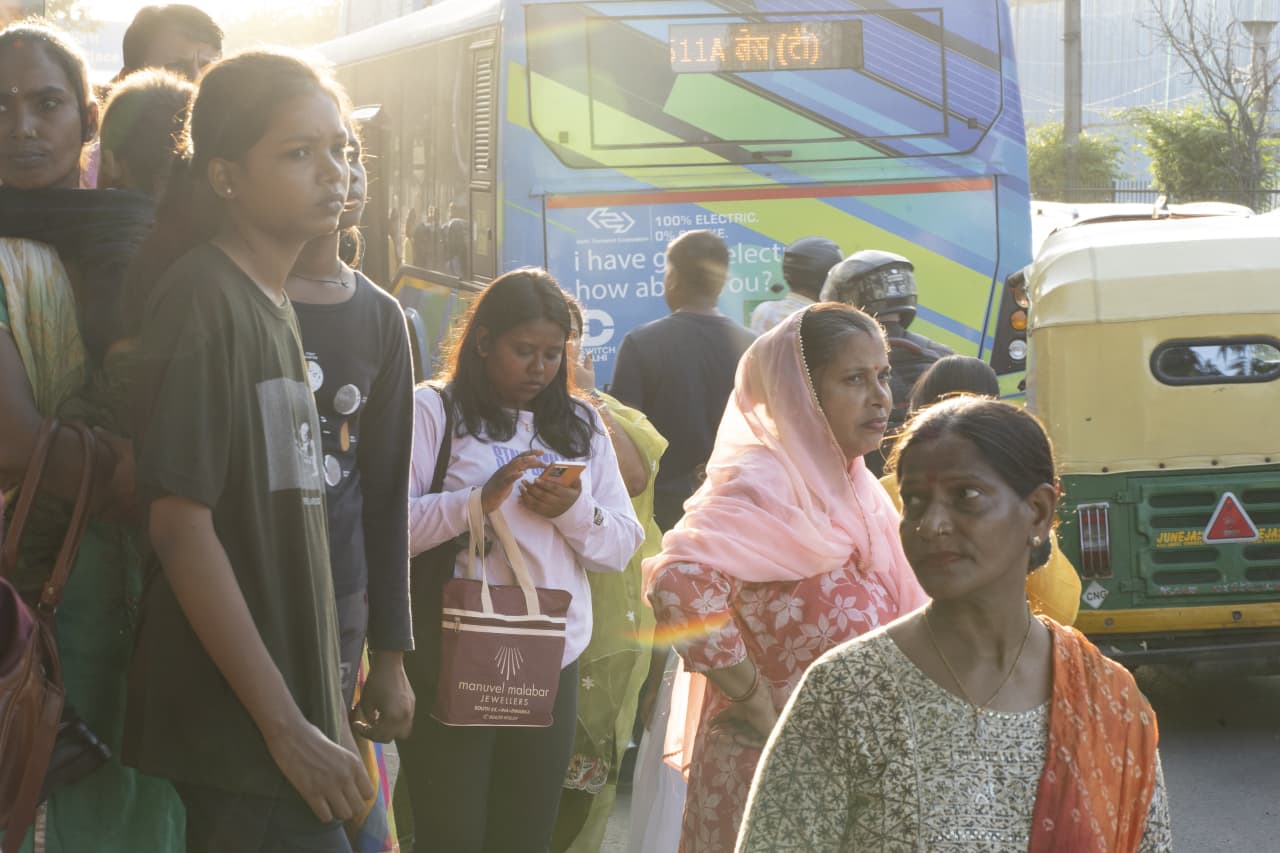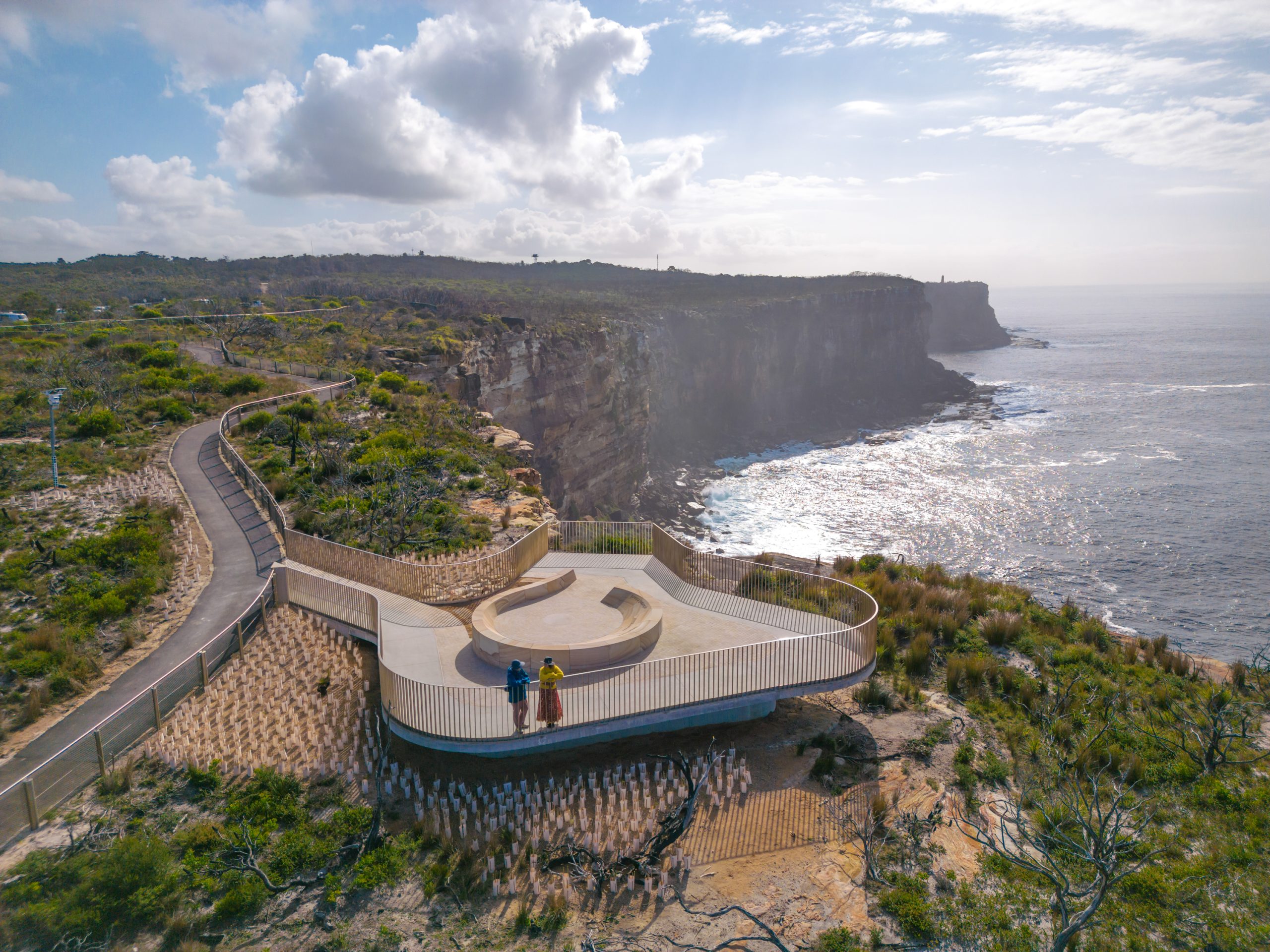Tokyo Hopes Rooftop Solar Mandate Will Help It Get Through Hot Summers
Like California, the Japanese capital wants the sun to power new homes, but some call policy ineffective and too reliant on China
TOKYO—Heat waves this summer are pushing Tokyo’s power grid near the limit. The city of 14 million has mandated installing solar panels on new single-family homes to get some breathing room—even if it has to buy most of the panels from China.
The policy in one of the world’s largest metropolises is a test case for whether solar power makes sense on urban rooftops. The idea has long drawn attention as a way to fight global warming but has advanced relatively slowly worldwide, apart from a rooftop solar mandate in California pushed by Democratic Govs. Jerry Brown and Gavin Newsom.
“We need to prepare to protect not only our national security, but also the energy security of individual households,” Tokyo Gov. Yuriko Koike, the architect of the mandate, said in an interview.
Koike has had panels on her own house for a decade. As a government minister, she created a “Cool Biz” plan that led Japanese salarymen to ditch suits and ties in summertime so they could keep the thermostat higher.
In the Land of the Rising Sun, Koike said, “we unfortunately aren’t rich in oil and gas, but wouldn’t it be fitting if we could instead harness the sun?”
Proponents say more rooftop solar would help on hot summer days when electricity demand peaks, and make the city resilient if an earthquake or typhoon knocked out the power grid.
The downsides: More solar also means higher electricity bills, including for lower-income apartment dwellers, because homeowners with rooftop panels can sell their excess power to the grid at an above-market rate. Even with the mandate, solar power generated in Tokyo is projected to supply only 4% of the city’s electricity in 2030.
“We cannot have a sufficient amount of power generation just by having solar panels on limited rooftops,” said Tatsuya Terazawa, head of the government-affiliated Institute of Energy Economics, Japan.

Still, Koike said it is important to move toward carbon-neutral electricity and help Japan buy less Russian natural gas.
The city predicts that by 2050, half of Tokyo’s current structures will be replaced. “By targeting newly built houses, we can decide the future 50 years from now,” Koike said.
Tokyo’s mandate, released last December, will initially apply only to about 50 of the largest home builders in the city, which it says account for around three-fifths of new homes. Starting in April 2025, those builders will be given a quota that will in effect require them to put panels on most new homes, while allowing them leeway to forgo solar in cases where the roof is too small or lacks sunlight exposure.
“We want companies to make sure that wherever you can put them, you put as many as you can,” said city environmental official Toshifumi Fukuyasu.
Japan relies on imported natural gas and coal for most of its electricity, and Russia supplies about one-tenth of its natural gas. The power company serving the capital, Tokyo Electric Power, or Tepco, isn’t operating any nuclear plants currently after the meltdowns at its Fukushima Daiichi plant in 2011.
In March 2022, the city came dangerously close to running short of electricity on a cold day, and it faced another crunch months later during a heat wave.
Tepco has managed to keep the lights on this summer, despite weeks of sweltering weather in which the thermometer consistently topped 95 degrees. Still, it says it worries about electricity running short, and the city encourages people to keep their homes at 82 degrees.
Tokyo University professor Yumiko Iwafune, who studies energy demand, said that even if rooftop solar panels don’t generate much electricity overall, they still can help households become self-sufficient on summer days, lessening demand on Tepco.
Tokyo has drawn comparisons between its policy and California’s rooftop solar mandate, which took effect in 2020 and similarly applies to new low-rise residential buildings. The California Energy Commission estimates that 150,000 new homes covered by the law have been constructed with solar panels.
Newsom, the governor, said in May 2022 that rooftop solar is “an industry that is essential to our state’s future.” California expanded its mandate last year to encompass certain new commercial buildings.
But the state’s mandate is contentious even among advocates of renewable energy, some of whom say it would be cheaper to build large solar and wind installations.
James Bushnell, an economics professor at the University of California, Davis, said rooftop solar mandates tend to raise electricity bills for people who don’t have solar because grid operators often pay higher prices for home-generated electricity. “A large ‘benefit’ of solar is in fact a shift of costs onto other, often lower-income non-home owning customers,” Bushnell wrote in an email.
Another problem in Japan is its lack of domestically produced solar panels, although it was once a leader in the technology.
According to the International Energy Agency, China produces around 85% of the globe’s solar cells and 95% of key components needed to make them.
“We’ve realised we can’t win against China,” said a spokesman for the Japan Photovoltaic Energy Association, an industry group representing companies in the solar-energy business.
Unlike the U.S., Japan still permits the import of solar panels with materials sourced from China’s Xinjiang region, where the U.S. has alleged the Beijing government has carried out genocide against the Uyghur ethnic group. Beijing denies that.
“Most people aren’t very aware about the human-rights violations associated with solar panels. They think of it as a good thing because of the environment,” said Taishi Sugiyama, a research director at the Canon Institute for Global Studies, a Tokyo-based think tank. He said Tokyo should scrap its solar mandate.
Fukuyasu, the Tokyo city official, said he agreed Japan needed more suppliers of solar panels. “But in Tokyo, we need solar to create a zero-emission society, and we can’t postpone that,” he said.
 Copyright 2020, Dow Jones & Company, Inc. All Rights Reserved Worldwide. LEARN MORE
Copyright 2020, Dow Jones & Company, Inc. All Rights Reserved Worldwide. LEARN MORE
This stylish family home combines a classic palette and finishes with a flexible floorplan
Just 55 minutes from Sydney, make this your creative getaway located in the majestic Hawkesbury region.
No trip to Singapore is complete without a meal (or 12) at its hawker centres, where stalls sell multicultural dishes from generations-old recipes. But rising costs and demographic change are threatening the beloved tradition.
In Singapore, it’s not unusual for total strangers to ask, “Have you eaten yet?” A greeting akin to “Good morning,” it invariably leads to follow-up questions. What did you eat? Where did you eat it? Was it good? Greeters reserve the right to judge your responses and offer advice, solicited or otherwise, on where you should eat next.
Locals will often joke that gastronomic opinions can make (and break) relationships and that eating is a national pastime. And why wouldn’t it be? In a nexus of colliding cultures—a place where Malays, Indians, Chinese and Europeans have brushed shoulders and shared meals for centuries—the mix of flavours coming out of kitchens in this country is enough to make you believe in world peace.
While Michelin stars spangle Singapore’s restaurant scene , to truly understand the city’s relationship with food, you have to venture to the hawker centres. A core aspect of daily life, hawker centres sprang up in numbers during the 1970s, built by authorities looking to sanitise and formalise the city’s street-food scene. Today, 121 government-run hawker centres feature food stalls that specialise in dishes from the country’s various ethnic groups. In one of the world’s most expensive cities, hawker dishes are shockingly cheap: A full meal can cost as little as $3.
Over the course of many visits to Singapore, I’ve fallen in love with these places—and with the scavenger hunts to find meals I’ll never forget: delicate bowls of laksa noodle soup, where brisk lashes of heat interrupt addictive swirls of umami; impossibly flaky roti prata dipped in curry; the beautiful simplicity of an immaculately roasted duck leg. In a futuristic and at times sterile city, hawker centres throw back to the past and offer a rare glimpse of something human in scale. To an outsider like me, sitting at a table amid the din of the lunch-hour rush can feel like glimpsing the city’s soul through all the concrete and glitz.
So I’ve been alarmed in recent years to hear about the supposed demise of hawker centres. Would-be hawkers have to bid for stalls from the government, and rents are climbing . An upwardly mobile generation doesn’t want to take over from their parents. On a recent trip to Singapore, I enlisted my brother, who lives there, and as we ate our way across the city, we searched for signs of life—and hopefully a peek into what the future holds.
At Amoy Street Food Centre, near the central business district, 32-year-old Kai Jin Thng has done the math. To turn a profit at his stall, Jin’s Noodle , he says, he has to churn out at least 150 $4 bowls of kolo mee , a Malaysian dish featuring savoury pork over a bed of springy noodles, in 120 minutes of lunch service. With his sister as sous-chef, he slings the bowls with frenetic focus.
Thng dropped out of school as a teenager to work in his father’s stall selling wonton mee , a staple noodle dish, and is quick to say no when I ask if he wants his daughter to take over the stall one day.
“The tradition is fading and I believe that in the next 10 or 15 years, it’s only going to get worse,” Thng said. “The new generation prefers to put on their tie and their white collar—nobody really wants to get their hands dirty.”
In 2020, the National Environment Agency , which oversees hawker centres, put the median age of hawkers at 60. When I did encounter younger people like Thng in the trade, I found they persevered out of stubbornness, a desire to innovate on a deep-seated tradition—or some combination of both.
Later that afternoon, looking for a momentary reprieve from Singapore’s crushing humidity, we ducked into Market Street Hawker Centre and bought juice made from fresh calamansi, a small citrus fruit.
Jamilah Beevi, 29, was working the shop with her father, who, at 64, has been a hawker since he was 12. “I originally stepped in out of filial duty,” she said. “But I find it to be really fulfilling work…I see it as a generational shop, so I don’t want to let that die.” When I asked her father when he’d retire, he confidently said he’d hang up his apron next year. “He’s been saying that for many years,” Beevi said, laughing.
More than one Singaporean told me that to truly appreciate what’s at stake in the hawker tradition’s threatened collapse, I’d need to leave the neighbourhoods where most tourists spend their time, and venture to the Heartland, the residential communities outside the central business district. There, hawker centres, often combined with markets, are strategically located near dense housing developments, where they cater to the 77% of Singaporeans who live in government-subsidised apartments.
We ate laksa from a stall at Ghim Moh Market and Food Centre, where families enjoyed their Sunday. At Redhill Food Centre, a similar chorus of chattering voices and clattering cutlery filled the space, as diners lined up for prawn noodles and chicken rice. Near our table, a couple hungrily unwrapped a package of durian, a coveted fruit banned from public transportation and some hotels for its strong aroma. It all seemed like business as usual.
Then we went to Blackgoat . Tucked in a corner of the Jalan Batu housing development, Blackgoat doesn’t look like an average hawker operation. An unusually large staff of six swirled around a stall where Fikri Amin Bin Rohaimi, 24, presided over a fiery grill and a seriously ambitious menu. A veteran of the three-Michelin-star Zén , Rohaimi started selling burgers from his apartment kitchen in 2019, before opening a hawker stall last year. We ordered everything on the menu and enjoyed a feast that would astound had it come out of a fully equipped restaurant kitchen; that it was all made in a 130-square-foot space seemed miraculous.
Mussels swam in a mushroom broth, spiked with Thai basil and chives. Huge, tender tiger prawns were grilled to perfection and smothered in toasted garlic and olive oil. Lamb was coated in a whisper of Sichuan peppercorns; Wagyu beef, in a homemade makrut-lime sauce. Then Ethel Yam, Blackgoat’s pastry chef prepared a date pudding with a mushroom semifreddo and a panna cotta drizzled in chamomile syrup. A group of elderly residents from the nearby towers watched, while sipping tiny glasses of Tiger beer.
Since opening his stall, Rohaimi told me, he’s seen his food referred to as “restaurant-level hawker food,” a categorisation he rejects, feeling it discounts what’s possible at a hawker centre. “If you eat hawker food, you know that it can often be much better than anything at a restaurant.”
He wants to open a restaurant eventually—or, leveraging his in-progress biomedical engineering degree, a food lab. But he sees the modern hawker centre not just as a steppingstone, but a place to experiment. “Because you only have to manage so many things, unlike at a restaurant, a hawker stall right now gives us a kind of limitlessness to try new things,” he said.
Using high-grade Australian beef and employing a whole staff, Rohaimi must charge more than typical hawker stalls, though his food, around $12 per 100 grams of steak, still costs far less than high-end restaurant fare. He’s found that people will pay for quality, he says, even if he first has to convince them to try the food.
At Yishun Park Hawker Centre (now temporarily closed for renovations), Nurl Asyraffie, 33, has encountered a similar dynamic since he started Kerabu by Arang , a stall specialising in “modern Malay food.” The day we came, he was selling ayam percik , a grilled chicken leg smothered in a bewitching turmeric-based marinade. As we ate, a hawker from another stall came over to inquire how much we’d paid. When we said around $10 a plate, she looked skeptical: “At least it’s a lot of food.”
Asyraffie, who opened the stall after a spell in private dining and at big-name restaurants in the region, says he’s used to dubious reactions. “I think the way you get people’s trust is you need to deliver,” he said. “Singapore is a melting pot; we’re used to trying new things, and we will pay for food we think is worth it.” He says a lot of the same older “uncles” who gawked at his prices, are now regulars. “New hawkers like me can fill a gap in the market, slightly higher than your chicken rice, but lower than a restaurant.”
But economics is only half the battle for a new generation of hawkers, says Seng Wun Song, a 64-year-old, semiretired economist who delves into the inner workings of Singapore’s food-and-beverage industry as a hobby. He thinks locals and tourists who come to hawker centers to look for “authentic” Singaporean food need to rethink what that amorphous catchall word really means. What people consider “heritage food,” he explains, is a mix of Malay, Chinese, Indian and European dishes that emerged from the country’s founding. “But Singapore is a trading hub where people come and go, and heritage moves and changes. Hawker food isn’t dying; it’s evolving so that it doesn’t die.”
This stylish family home combines a classic palette and finishes with a flexible floorplan
Just 55 minutes from Sydney, make this your creative getaway located in the majestic Hawkesbury region.






















